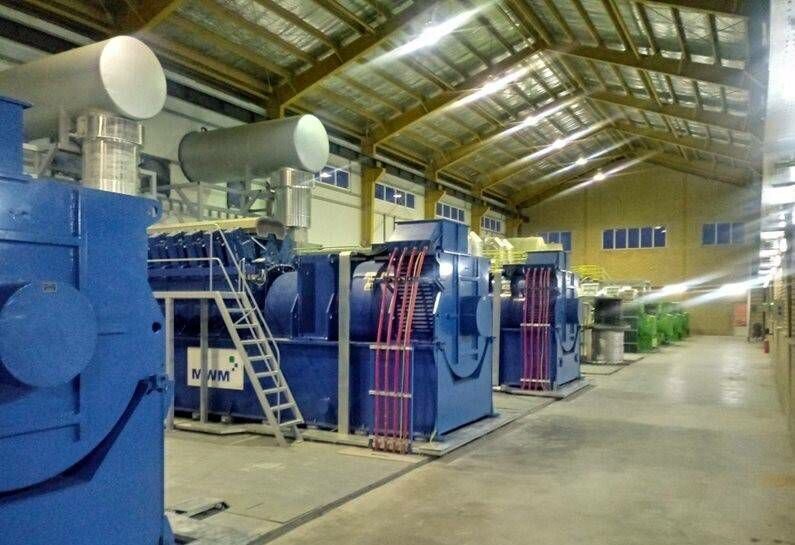Iran’s small-scale power plant capacity surpasses 1,550 MW amid push for decentralized energy

TEHRAN - The combined generation capacity of Iran’s small-scale power plants has exceeded 1,550 megawatts this year, according to Zahra Esmaeilzadeh, head of the distributed generation and renewables project at Tavanir, the state-run electricity company.
Esmaeilzadeh emphasized the critical role of small-scale thermal power plants in ensuring stable and localized electricity supply. Under Iran’s Seventh National Development Plan, the government aims to add 200 MW of small-scale capacity annually—a target she said is being pursued based on grid demands, investment potential, licensing activity, and signed contracts.
“These projects are not just about building power plants—they require accurate demand forecasts, appropriate technology choices, resource optimization, and smart capital management,” she noted. “The goal is to build a reliable, resilient, and economically viable power system.”
Small-scale plants, usually located close to consumption centers, help reduce transmission losses, improve voltage quality, and strengthen grid stability. They also support passive defense strategies and enable participation by small investors—distinguishing them from centralized plants.
So far, more than 3,000 MW of priority capacity zones have been identified nationwide, particularly in industrial parks, densely populated urban areas lacking renewable space (such as Tehran), and low-insolation regions like Mazandaran, where attracting investment is ongoing.
The Energy Ministry has introduced several incentives to attract private investment in distributed generation. These include updated investment regulations, authorization to sell electricity via the energy exchange, exemptions from consumption management programs for buyers, and extended power purchase guarantees during fuel shortages. Electricity purchase tariffs in priority areas are now calculated based on monthly availability factors, and no distinction is made between new and used equipment. Up to 50 percent of the electricity generated can be sold through bilateral contracts or on the energy exchange.
Esmaeilzadeh said a capacity certificate trading system has also been launched to help settle payments owed to plant operators. Revenue from this process will be allocated exclusively to small-scale power plants. Coordination between the Ministries of Energy and Industry has also improved, with simplified approval processes for plant equipment now in place at regional power utilities.
To protect investors during fuel outages, power purchase guarantees are extended to cover periods of gas cuts. Esmaeilzadeh said this measure provides confidence and stability for investors in the sector.
EF/MA
Leave a Comment